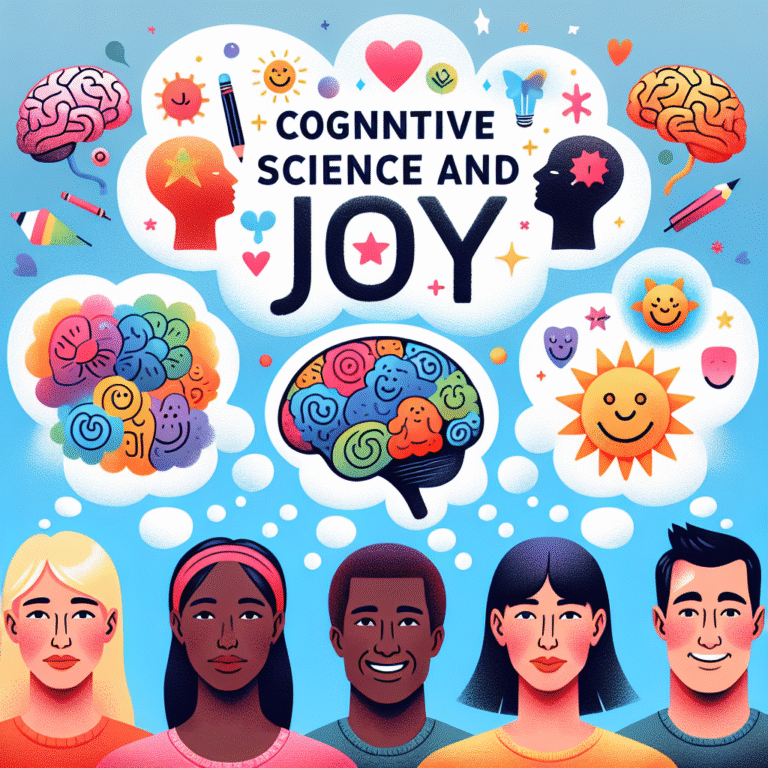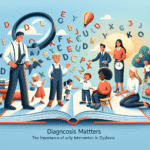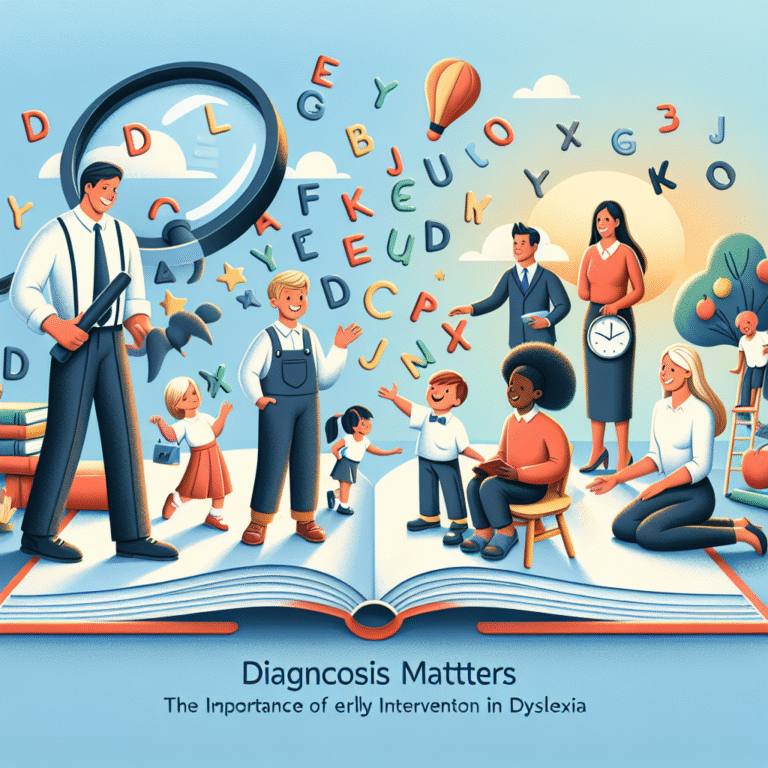
Fostering Empathy: An Essential Pathway to Harmonious Interpersonal Relationships
Introduction
In a world increasingly divided by differences—be it political, cultural, or social—the urgent need for empathy has never been more crucial. Fostering empathy: a pathway to harmonious interpersonal relationships is not just an abstract concept; it’s a mindset that can transform how we interact with each other. Imagine a society where understanding and compassion are at the forefront of our relationships, paving the way for cooperation and genuine connections. This article will take you on a journey through the intricacies of empathy, exploring how it serves as a catalyst for enriching our lives and fostering harmonious ties.
Understanding Empathy
What Is Empathy?
Empathy is the ability to understand and share the feelings of another individual. It’s not merely about feeling sorry for someone; it involves putting yourself in their shoes and experiencing their emotions as if they were your own.
The Types of Empathy
- Cognitive Empathy: This involves understanding someone else’s perspective or mental state. It’s essential for effective communication.
- Emotional Empathy: This is the ability to physically feel another’s emotions. It enables deeper connections in relationships.
- Compassionate Empathy: This type goes a step further, incorporating the desire to alleviate the suffering of others.
Why Is Empathy Important?
Human interactions are fundamentally built on understanding and mutual respect. Fostering empathy: a pathway to harmonious interpersonal relationships can lead to stronger bonds, reduced conflicts, and a more supportive community.
The Science Behind Empathy
Neurological Insights
Research indicates that empathy is hardwired into our brains. The mirror neuron system plays a vital role in how we experience empathy. When we see someone smile or frown, specific areas of our brain activate as if we were experiencing those feelings ourselves.
Table 1: Brain Regions Involved in Empathy
| Brain Region | Function |
|---|---|
| Anterior Insula | Emotional awareness |
| Medial Prefrontal Cortex | Perspective-taking |
| Temporoparietal Junction | Understanding others’ emotions |
Case Studies
Case Study 1: The Impact of Empathy in the Workplace
Background: A tech company was struggling with high turnover rates. The management decided to implement an empathy training program aimed at improving interpersonal relationships among employees.
Results: After six months, the company saw a 25% decrease in turnover and a 40% increase in employee satisfaction.
Analysis: This case highlights how fostering empathy: a pathway to harmonious interpersonal relationships can significantly enhance workplace morale and retention.
Case Study 2: A School That Prioritizes Empathy
Background: A high school in an underserved neighborhood initiated an empathy project where students were paired with local community members to understand their challenges.
Results: The project led to increased student engagement and a noticeable decline in bullying incidents.
Analysis: By fostering empathy, the school took proactive steps toward cultivating a supportive environment, demonstrating that empathy can fundamentally alter group dynamics.
Practical Strategies for Fostering Empathy
1. Active Listening
Listening is an art that requires practice. To foster empathy, focus on truly hearing what others are saying without formulating your response while they speak.
2. Perspective-Taking Exercises
Engaging in activities where you must see situations from different viewpoints can enhance your empathy skills. Journaling or role-playing can be effective tools for this.
3. Emotional Awareness
Being in tune with your emotions can help you recognize them in others. Mindfulness techniques can promote emotional regulation and awareness.
4. Volunteer Work
Getting involved in community service can expose you to diverse experiences and perspectives, fostering empathy through real-life interactions.
5. Empathy in Media
Films and literature that explore the human experience can be excellent tools for enhancing empathy, as they immerse you in the lives of others.
Challenges to Fostering Empathy
Cultural Perspectives
Different cultures view empathy differently. While some may prioritize community, others might emphasize individuality. Understanding these cultural contexts is critical for fostering empathy.
Emotional Burnout
Sometimes, being overly empathetic can lead to emotional exhaustion. It’s essential to establish boundaries and practice self-care to maintain your emotional health while fostering empathy.
Miscommunication
Lack of effective communication can also hinder empathetic relationships. Engaging in open dialogue while avoiding assumptions and judgments is vital.
The Ripple Effect of Empathy
When you incorporate empathy into your interactions, the benefits extend beyond personal relationships. Fostering empathy: a pathway to harmonious interpersonal relationships also has wide-ranging effects on society. Communities that prioritize empathy tend to see:
- Fewer conflicts: Understanding leads to resolution rather than retribution.
- Stronger communities: People are more likely to collaborate for the common good.
- Improved mental health: Empathy fosters a supportive environment where individuals feel valued and understood.
Conclusion
Fostering empathy: a pathway to harmonious interpersonal relationships is not simply about being nice or polite; it requires conscious effort and commitment. As we embark on this journey toward understanding and connection, we not only enrich our own lives but also the lives of those around us. The ability to empathize can lead to profound transformations in how we relate to one another, creating a culture of respect and harmony. Let us take small yet impactful steps to foster empathy, for it is a powerful tool for creating a better world.
FAQs
1. What are the signs of a lack of empathy in relationships?
A lack of empathy can manifest as constant disagreements, dismissive behavior towards others’ feelings, and difficulty understanding different perspectives.
2. Can empathy be learned, or is it innate?
While some people may have a natural predisposition towards empathy, it can definitely be learned and cultivated through practice and intention.
3. How can parents teach empathy to their children?
Parents can model empathetic behavior, encourage perspective-taking, and engage in discussions about feelings to instill empathy in their children.
4. How does empathy impact leadership?
Leaders who demonstrate empathy are often more effective, as they can understand their team’s needs, motivate them, and create a harmonious work environment.
5. Are there negative aspects of being too empathetic?
Yes, excessive empathy can lead to emotional burnout, where an individual feels overwhelmed by the feelings of others and neglects their own emotional needs.
By cultivating empathy in our daily lives, we open up avenues for deeper connections, understanding, and ultimately a more peaceful society. Start your journey of fostering empathy today; the effects are bound to be transformative for you and those around you.
















